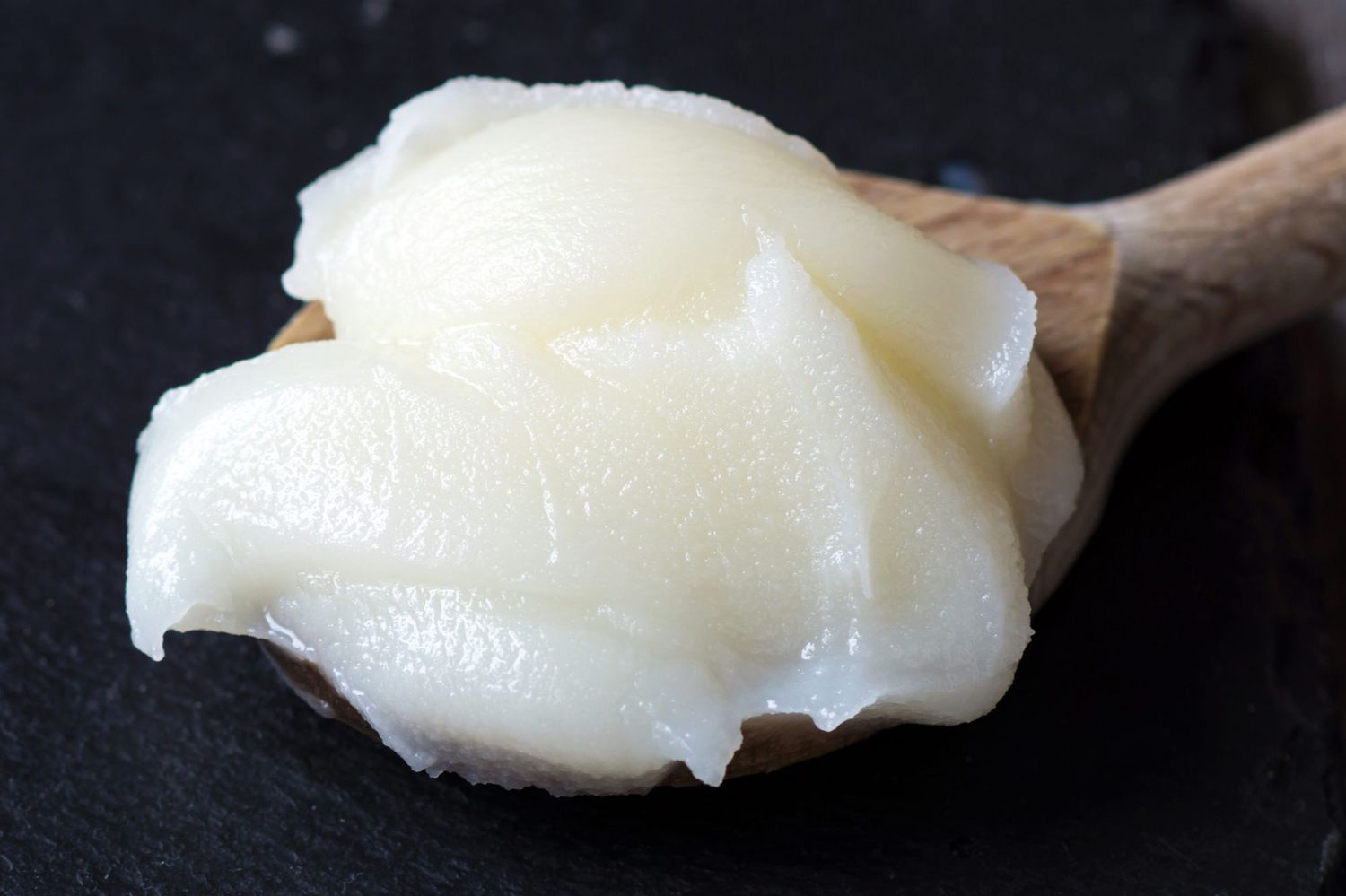

Articles
How To Store Vegetable Shortening
Modified: December 7, 2023
Learn the best methods for storing vegetable shortening in this informative article. Keep your shortening fresh and ready for use with these helpful tips.
(Many of the links in this article redirect to a specific reviewed product. Your purchase of these products through affiliate links helps to generate commission for Storables.com, at no extra cost. Learn more)
Introduction
When it comes to baking or cooking, vegetable shortening is an essential ingredient that helps create tender pastries, flaky pie crusts, and delicious fried foods. Vegetable shortening, often made from hydrogenated vegetable oils, has a high smoke point and a neutral flavor that makes it a versatile choice in the kitchen.
However, to ensure the longevity and quality of your vegetable shortening, it is crucial to store it properly. Proper storage not only helps maintain the freshness and flavor of the shortening but also prevents it from becoming rancid or developing off-flavors.
In this article, we will explore the importance of proper storage for vegetable shortening and provide you with practical tips to extend its shelf life.
Key Takeaways:
- Proper storage of vegetable shortening is essential to maintain its freshness, prevent rancidity, and preserve texture. Follow best practices to extend shelf life and save money while enjoying its versatile benefits.
- Avoid common mistakes like heat exposure and using dirty utensils to maintain the quality of vegetable shortening. Implement tips such as refrigeration and stock rotation for prolonged freshness and optimal culinary results.
Read more: How To Store Shortening
What is vegetable shortening?
Vegetable shortening is a type of fat that is solid at room temperature. It is primarily made from hydrogenated vegetable oils, such as soybean, palm, or cottonseed oil. During the hydrogenation process, hydrogen atoms are added to the oil, which transforms it into a solid fat with a higher melting point.
The main purpose of vegetable shortening in baking and cooking is to provide texture and structure to the final product. It achieves this by creating air pockets in the dough or batter, resulting in lighter and fluffier baked goods. It also helps to keep the ingredients well blended and ensures a smooth consistency.
One of the advantages of vegetable shortening is its neutral flavor. Unlike butter or margarine, which can impart a distinct taste, vegetable shortening is virtually flavorless. This makes it an excellent choice when you want the other flavors of your recipe to be the star.
Vegetable shortening also has a high smoke point, making it ideal for frying and sautéing at high temperatures. Its stability allows it to withstand the heat without breaking down or producing smoke.
It is important to note that vegetable shortening is different from butter or margarine, which are made from animal fats or a combination of animal and plant-based fats. Vegetable shortening is often used as a substitute for these fats in vegan or vegetarian recipes, or when a recipe calls for a fat with specific characteristics.
Why is proper storage important?
Proper storage of vegetable shortening is essential to maintain its quality and extend its shelf life. Here are a few reasons why proper storage is important:
- Preserves freshness: By storing vegetable shortening in the right conditions, you can help preserve its freshness and prevent it from spoiling. When exposed to air, light, and heat, the shortening can oxidize and develop off-flavors, making it unsuitable for use in your recipes.
- Prevents rancidity: Vegetable shortening, like any other fat, can turn rancid if not stored properly. Rancidity occurs when the fat molecules break down due to exposure to oxygen, resulting in a foul smell and taste. Proper storage can help minimize the chances of your vegetable shortening becoming rancid and affecting the quality of your dishes.
- Maintains texture and consistency: Storing vegetable shortening at the appropriate temperature helps ensure that it retains its solid form. If exposed to high temperatures, the shortening can melt or soften, which can negatively impact the texture and consistency of your baked goods or fried foods.
- Prevents cross-contamination: Proper storage of vegetable shortening helps prevent cross-contamination with other food items in your pantry or refrigerator. It is crucial to store it in an airtight container to avoid any potential transfer of odors or flavors.
- Saves money: When vegetable shortening is stored correctly, it can have a longer shelf life, allowing you to use it for a more extended period. This helps reduce waste and saves you money by avoiding the need to purchase new shortening frequently.
Overall, proper storage practices for vegetable shortening are crucial in maintaining its quality, freshness, and usefulness in your culinary endeavors. By following the recommended storage guidelines, you can enjoy the benefits of this versatile ingredient for a longer time.
Factors to consider before storing vegetable shortening
Before you store your vegetable shortening, there are a few important factors to consider. These factors will help ensure that your shortening remains fresh and of high quality. Here are some key considerations:
- Temperature: The temperature at which you store vegetable shortening is crucial. It is best to store it in a cool, dry place away from direct sunlight and heat sources. Exposing shortening to high temperatures can cause it to melt or soften, affecting its texture and consistency.
- Airtight container: To prevent air and moisture from reaching the shortening, it is important to store it in an airtight container. Air and moisture can lead to oxidation and spoilage of the shortening, affecting its flavor and quality. Look for containers with a tight seal to maintain freshness.
- Labeling: Properly labeling your vegetable shortening container with the date of purchase or expiry can help you keep track of its freshness. This will enable you to prioritize the use of older shortening to prevent any wastage.
- Storage location: Choose an appropriate storage location for your vegetable shortening. It is best to store it away from strong-smelling foods to prevent any flavor transfer. Avoid storing it near items that produce strong odors, such as onions or spices.
- Hygiene: Maintaining good hygiene practices while handling vegetable shortening is important. Always use clean utensils to scoop out the desired amount, and make sure your hands are clean to prevent any contamination.
- Usage frequency: Consider your usage frequency when determining the storage amount. If you use vegetable shortening frequently, storing a smaller quantity may be sufficient as it allows for fresher batches over time. However, if you use it less often, storing a larger quantity may be more convenient.
By taking these factors into account, you can ensure that your vegetable shortening remains fresh, flavorful, and ready to use whenever you need it. Proper storage practices will help maintain the quality of your shortening, enhancing the deliciousness of your culinary creations.
Store vegetable shortening in a cool, dry place away from direct sunlight and heat sources. Keep it tightly sealed to prevent oxidation and store it away from strong-smelling foods to avoid absorption of odors.
Best practices for storing vegetable shortening
To ensure that your vegetable shortening remains fresh and of high quality, it is important to follow these best practices for storage:
- Cool and dry location: Store your vegetable shortening in a cool and dry location, away from direct sunlight and heat sources. Excessive heat can cause the shortening to melt or soften, affecting its texture and consistency.
- Airtight container: Transfer the vegetable shortening to an airtight container to prevent air and moisture from reaching it. Oxygen and moisture can lead to oxidation and spoilage, reducing the shelf life of the shortening.
- Avoid temperature fluctuations: Keep the storage temperature consistent to prevent the shortening from melting and resolidifying repeatedly. Fluctuating temperatures can result in an undesirable texture and consistency.
- Refined storage: If you have opened a larger container of vegetable shortening, divide it into smaller portions and store them individually. This prevents the need to repeatedly open and expose the entire stock, maintaining the freshness of the unopened portions.
- Labeling: Clearly label the container with the date of purchase or opening. This will help you keep track of the freshness of your shortening and ensure that you use the older batches first.
- Hygiene: Practice good hygiene when handling vegetable shortening. Ensure that the utensils or hands used to scoop out the shortening are clean to prevent any contamination.
- Organized storage: Store your vegetable shortening away from strong-smelling foods or items that can impart unwanted flavors. Keep it in a separate section of your pantry or refrigerator to avoid flavor transfer.
- Regular inspection: Periodically check your vegetable shortening for any signs of spoilage, such as off smells or changes in color or texture. If you notice any abnormalities, discard the shortening to avoid using compromised product.
Following these best practices for storing vegetable shortening will help maintain its freshness, flavor, and quality for a longer period. By treating your vegetable shortening with care, you can ensure that it is ready to enhance the taste and texture of your favorite recipes whenever you need it.
Read more: How To Store Shortening Long Term
Tips for extending the shelf life of vegetable shortening
To maximize the shelf life of your vegetable shortening and ensure its freshness, consider these helpful tips:
- Store in the refrigerator: If you live in a warm climate or your kitchen tends to get hot, consider storing your vegetable shortening in the refrigerator. The cooler temperature helps to extend its shelf life and maintain its texture.
- Keep out of direct sunlight: Exposure to sunlight can accelerate the degradation process of vegetable shortening. Store it in a dark cabinet or pantry away from direct sunlight to preserve its quality.
- Use a clean utensil: When scooping out vegetable shortening from the container, always use a clean utensil. This helps prevent any introduction of contaminants that could lead to spoilage.
- Seal the container tightly: Make sure the container is tightly sealed after each use to prevent air from entering and causing oxidation. This will help maintain the freshness of the shortening.
- Avoid moisture exposure: Moisture can lead to bacterial growth and spoilage of vegetable shortening. Ensure that the container is completely dry before transferring the shortening and avoid dipping wet utensils into the container.
- Keep away from strong odors: Vegetable shortening can absorb odors from other foods. Store it away from strong-smelling items like spices, onions, or garlic to prevent any flavor transfer.
- Rotate stock: To ensure that you use the vegetable shortening before it reaches its expiry date, practice stock rotation. Place newer containers behind older ones and use the older ones first.
- Avoid cross-contamination: When using vegetable shortening, be cautious not to contaminate it with ingredients such as raw meat or poultry. Always use separate utensils and clean surfaces thoroughly to prevent any cross-contamination.
- Store in small portions: If you don’t use vegetable shortening frequently, consider dividing it into smaller portions before storing. This way, you can thaw or use just the required amount without repeatedly exposing the entire stock to air.
By implementing these tips, you can extend the shelf life of your vegetable shortening, ensuring that it remains fresh and of high quality for a longer period. Proper storage and handling practices will enable you to enjoy the benefits of this versatile ingredient in various culinary creations.
Common mistakes to avoid when storing vegetable shortening
To ensure the longevity and quality of your vegetable shortening, it is important to avoid these common mistakes when storing it:
- Exposing it to heat: Avoid storing vegetable shortening near heat sources, as it can cause the shortening to melt or soften. This can impact its texture and consistency, making it less effective in your recipes.
- Not using an airtight container: Failing to store vegetable shortening in an airtight container can allow air and moisture to reach it. Oxygen and moisture can lead to oxidation and spoilage, reducing the shelf life and quality of the shortening.
- Storing in direct sunlight: Direct sunlight can speed up the degradation process of vegetable shortening, causing it to spoil more quickly. Store it in a dark cabinet or pantry away from direct sunlight to maintain its freshness.
- Using dirty utensils: Always use clean utensils when scooping out vegetable shortening. Cross-contamination from dirty utensils can introduce bacteria and other contaminants, leading to spoilage.
- Not sealing the container properly: After each use, make sure to tightly seal the container to prevent the entry of air. Oxygen can cause the shortening to oxidize and develop off-flavors, compromising its quality.
- Ignoring temperature fluctuations: Fluctuating temperatures can negatively impact the texture and consistency of vegetable shortening. Avoid exposing it to frequent temperature changes by storing it in a cool and consistent environment.
- Storing near strong odors: Vegetable shortening is prone to absorbing odors from other foods in its surroundings. Keep it away from strong-smelling items like spices and onions to prevent any unwanted flavor transfer.
- Not rotating stock: Failing to rotate your stock can lead to older vegetable shortening sitting unused for prolonged periods. Make sure to use older containers first and label them with purchase or opening dates to ensure freshness.
- Allowing moisture exposure: Moisture can promote bacterial growth and spoilage of vegetable shortening. Ensure that the container and utensils are dry before transferring the shortening, and avoid introducing any moisture during use.
- Overstocking: While it can be tempting to buy large quantities of vegetable shortening for convenience, consider your usage frequency. Overstocking can lead to longer storage times and increased chances of spoilage.
By avoiding these common mistakes, you can maintain the freshness and quality of your vegetable shortening, maximizing its shelf life and ensuring the best results in your culinary endeavors.
Conclusion
Proper storage of vegetable shortening is crucial for maintaining its freshness, flavor, and quality. By following the best practices outlined in this article, you can extend the shelf life of your vegetable shortening and ensure it remains in optimal condition for your culinary creations.
Consider factors such as temperature, container type, labeling, hygiene, and storage location when storing vegetable shortening. These factors play a significant role in preventing spoilage, maintaining texture, and preserving the flavor of the shortening.
Avoid common mistakes such as exposing the shortening to heat, using dirty utensils, or not sealing the container properly. By practicing proper storage techniques and avoiding these mistakes, you can enhance the longevity and usefulness of your vegetable shortening.
Additionally, following tips such as storing in the refrigerator, keeping it away from direct sunlight, and using clean utensils can further help extend the shelf life of your vegetable shortening. By implementing these tips, you can enjoy the benefits of your vegetable shortening for a longer period.
Remember, the key is to store vegetable shortening in a cool, dark, and dry place in an airtight container that is properly labeled. By doing so, you can ensure that your vegetable shortening remains fresh, flavorsome, and ready to elevate your baked goods and culinary creations.
So, take care of your vegetable shortening, store it properly, and savor the delectable results it brings to your kitchen. Happy cooking!
Frequently Asked Questions about How To Store Vegetable Shortening
Was this page helpful?
At Storables.com, we guarantee accurate and reliable information. Our content, validated by Expert Board Contributors, is crafted following stringent Editorial Policies. We're committed to providing you with well-researched, expert-backed insights for all your informational needs.
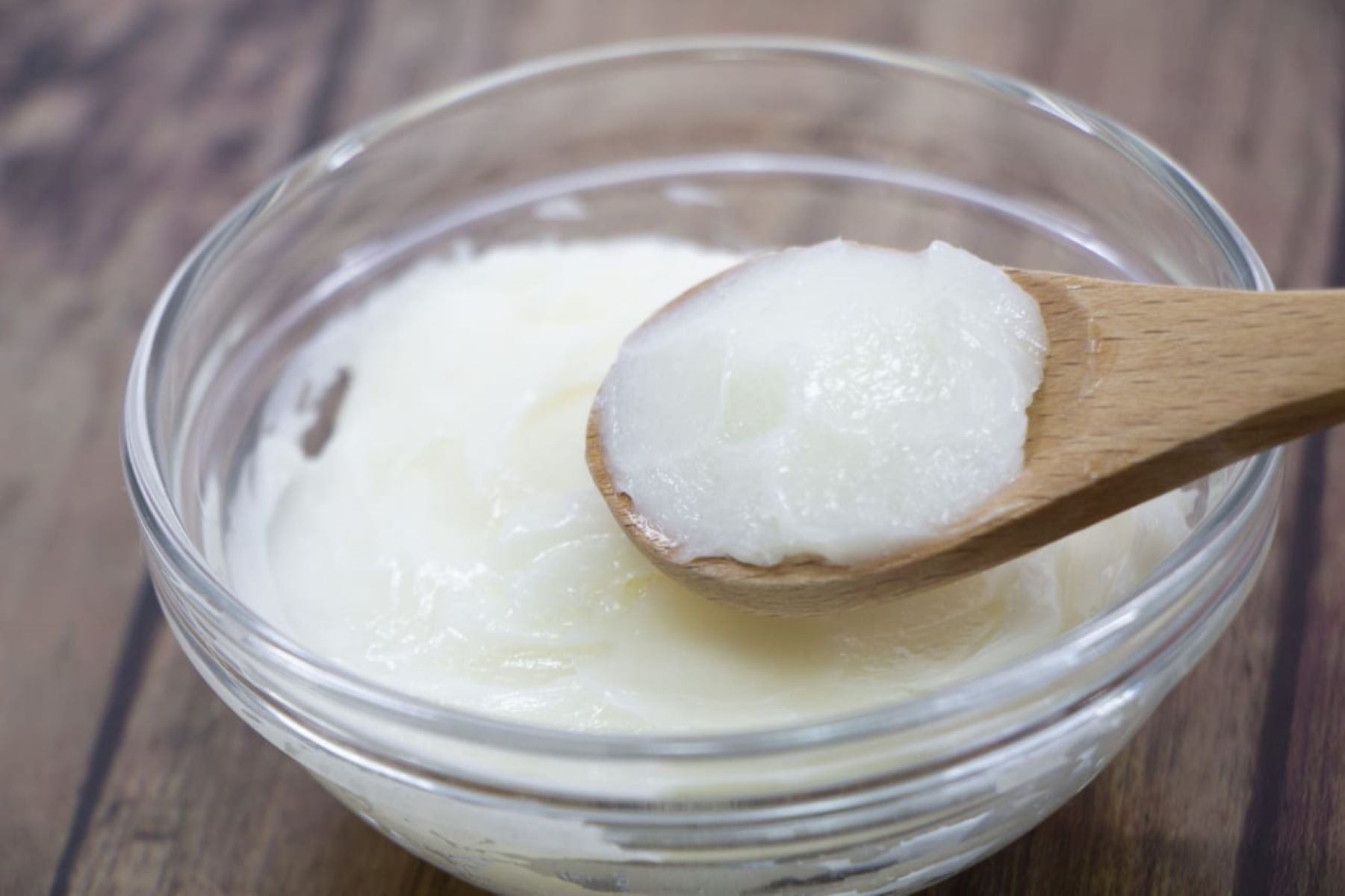





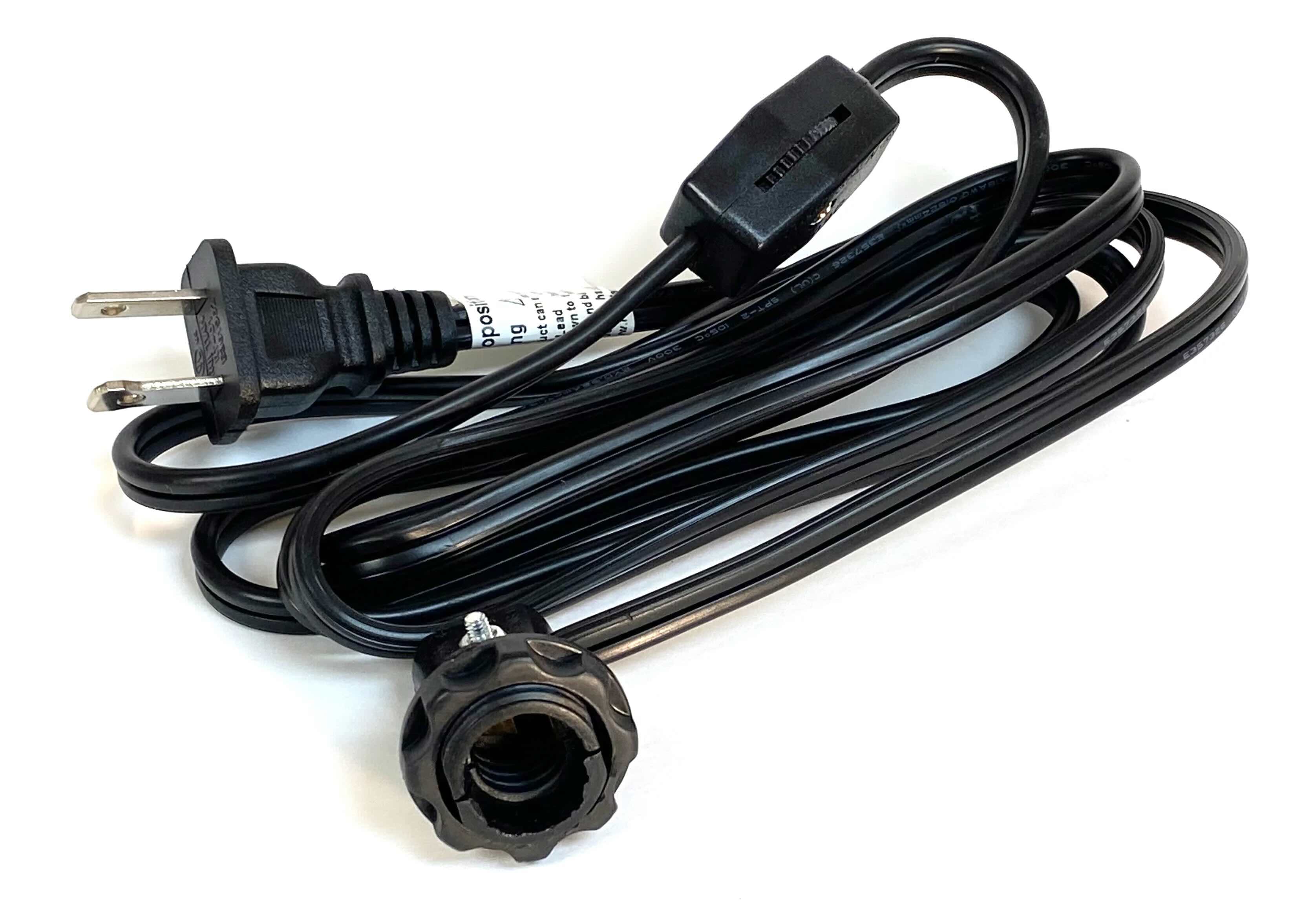

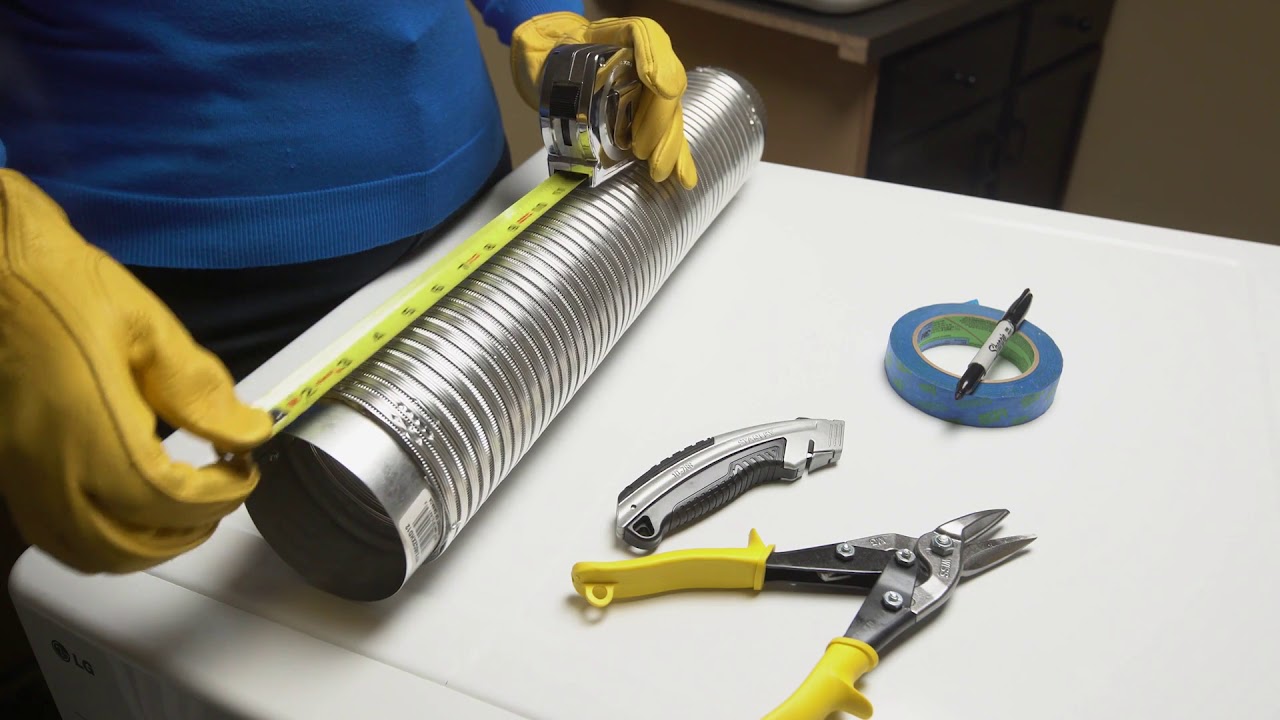
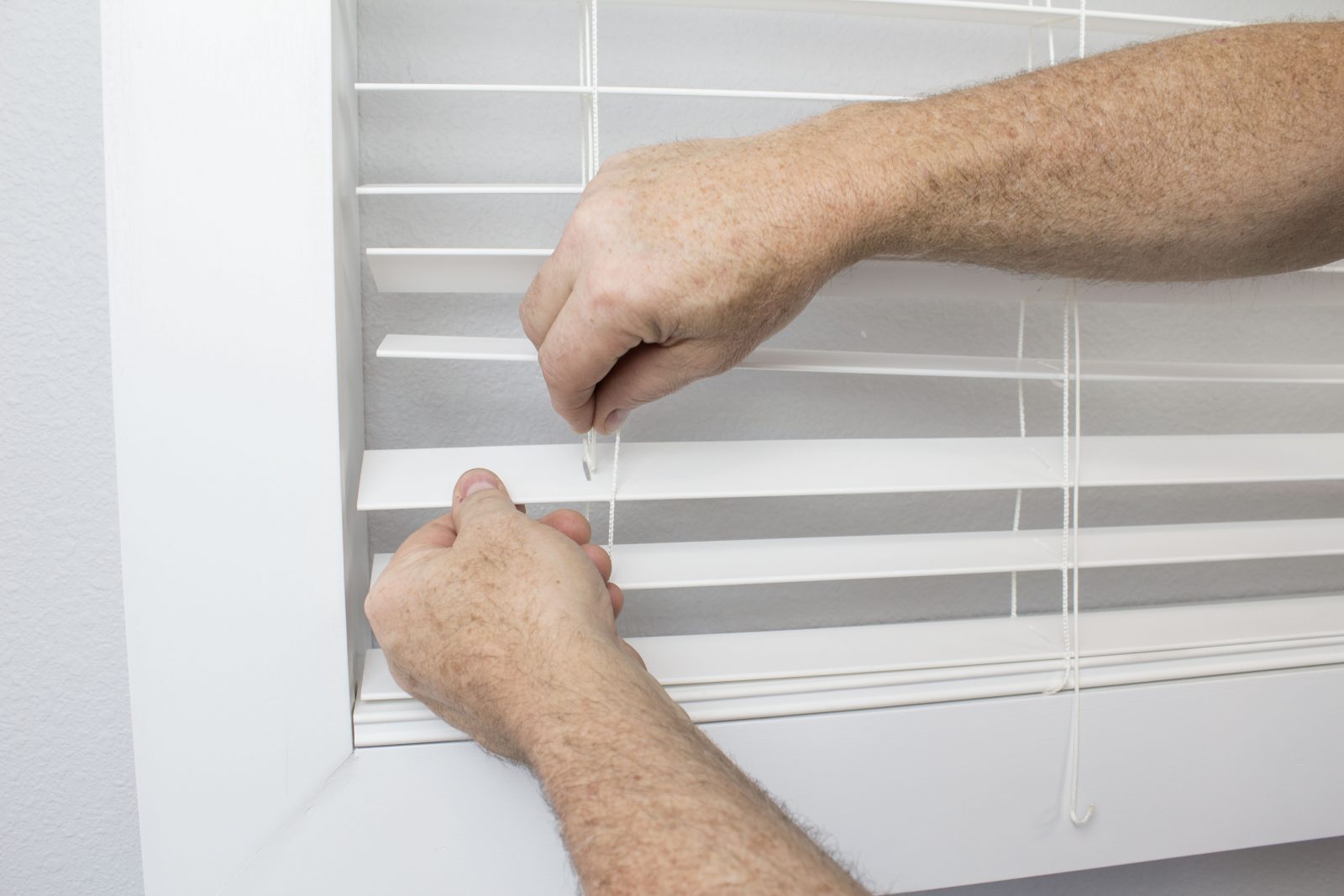

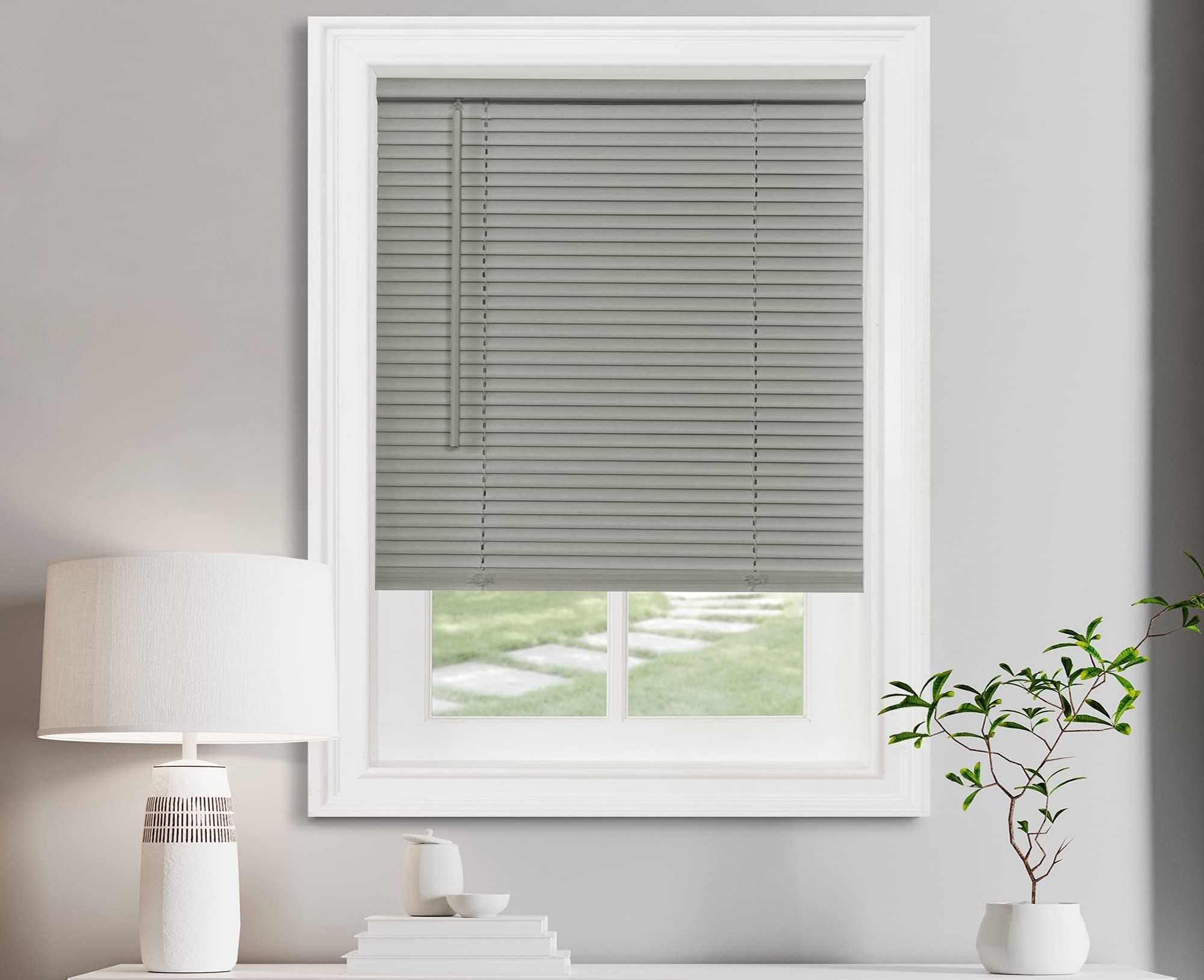
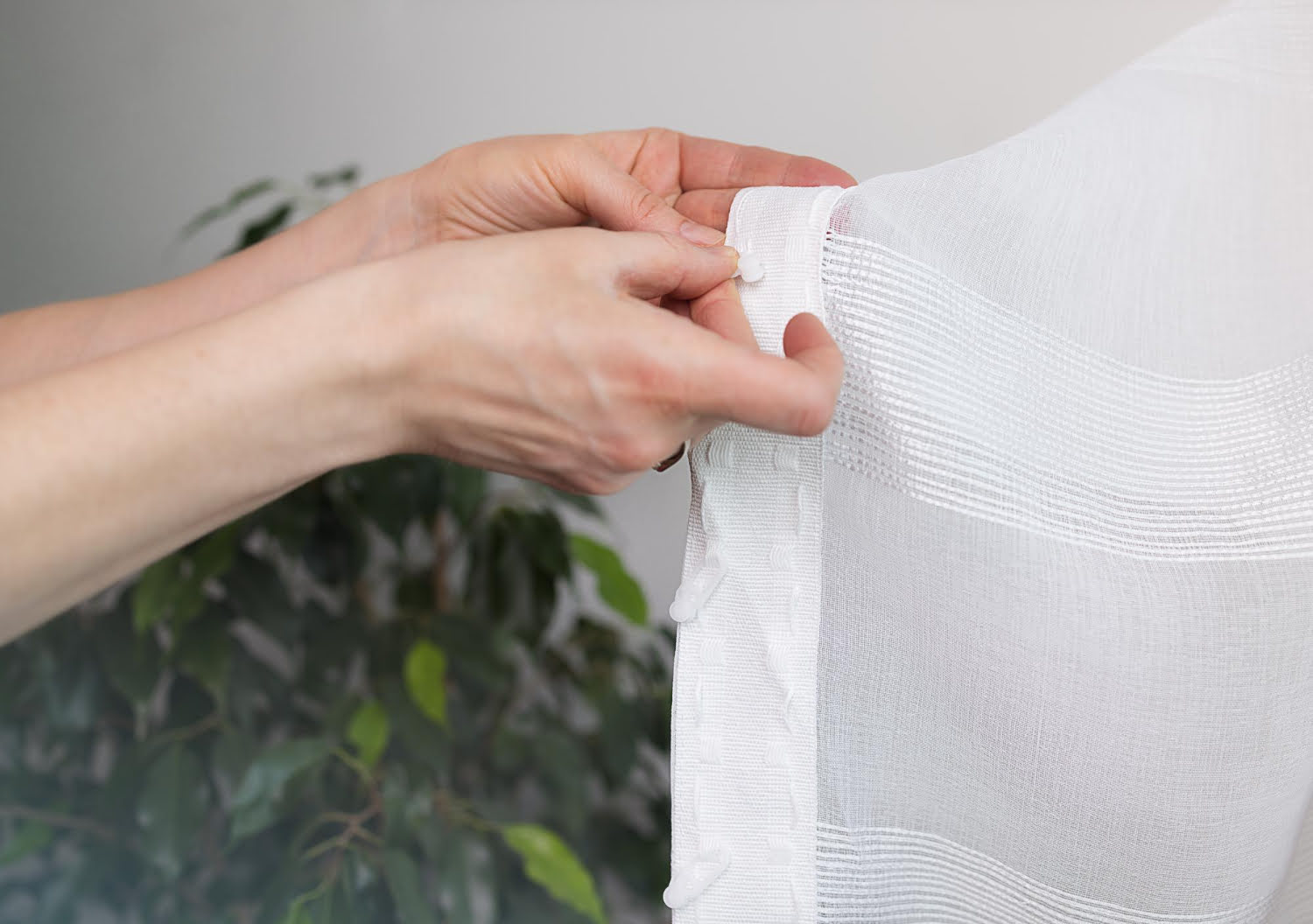


0 thoughts on “How To Store Vegetable Shortening”